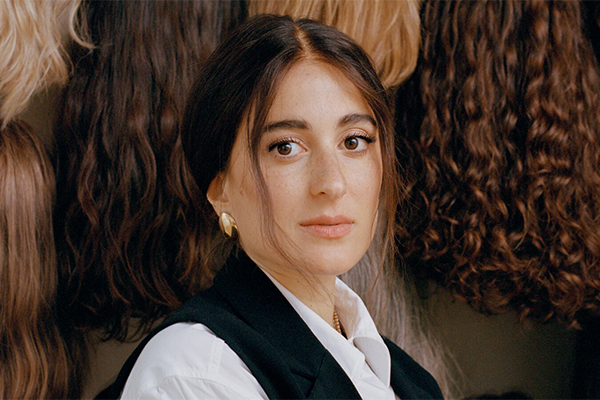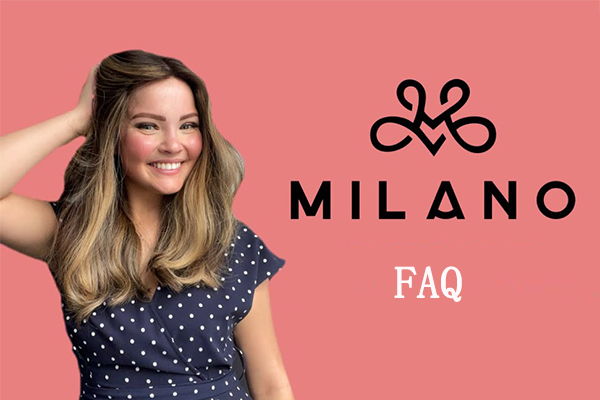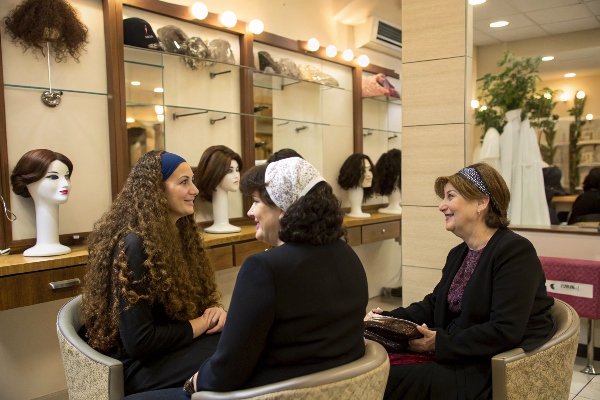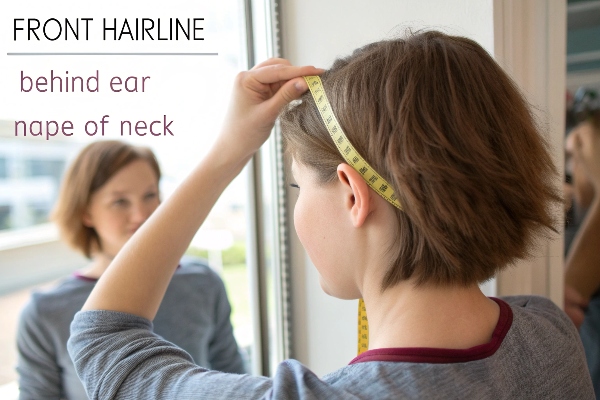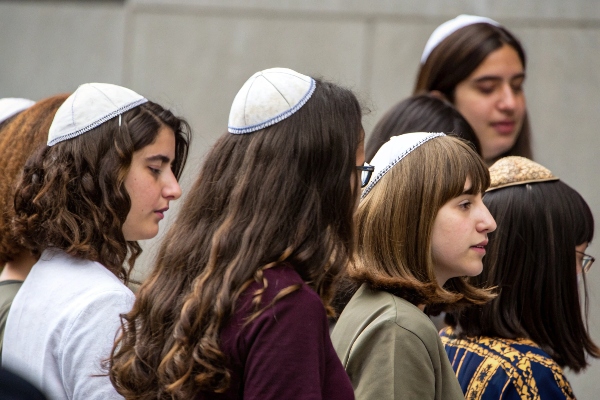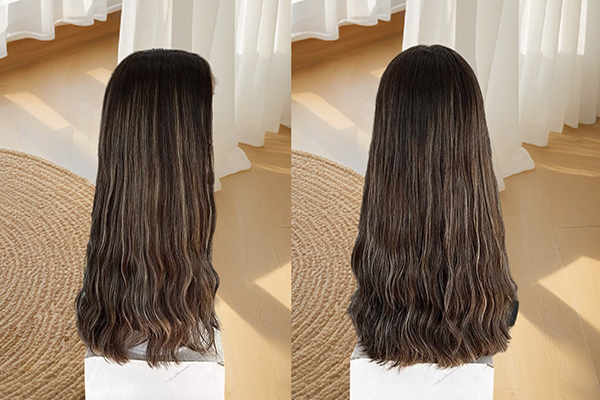The curls are a tradition. What motivates this practice?
Jewish men grow curls, known as payot, in observance of a biblical commandment. This practice stems from an interpretation of Leviticus, where men are instructed not to shave the sides of their heads.
By adhering to this commandment, men express their commitment to their faith and show respect for traditional religious teachings. Payot1 serves as a visible reminder of their connection to their heritage and the broader Jewish community. This custom represents religious devotion2, cultural heritage, and a deep-rooted identity that honors the values and shared history of Judaism across generations.
What Is the Jewish Hairstyle Called?
It’s known as payot. What’s the significance?
The hairstyle, called payot, consists of sidelocks or curls worn by Orthodox Jewish men and boys. It symbolizes respect for religious customs and adherence to biblical commandments.
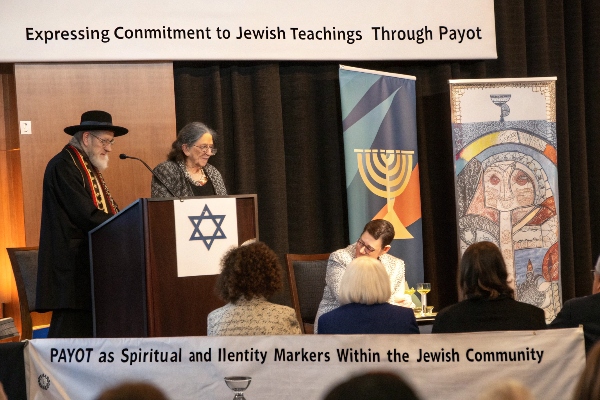
By wearing payot, individuals demonstrate their commitment to the teachings of Judaism and their dedication to a life guided by faith. This distinctive hairstyle serves not only as a personal expression of spirituality but also as a strong visible marker of Jewish identity3, fostering a sense of belonging within the community and connecting generations through shared traditions and beliefs.
Why Do Jews Do That to Their Hair?
The curls hold deep symbolism. Why maintain this practice?
Jewish men grow payot to honor a divine commandment and display devotion. It is a daily reminder of their commitment to God and their community.
By maintaining payot, these men cultivate a deep-rooted connection to their beliefs and traditions, ensuring that religious values are seamlessly integrated into their everyday lives. This practice not only affirms their identity but also strengthens communal bonds4, reinforcing a shared heritage that is passed down through generations.
Why Do Jews Have Two Long Pieces of Hair?
The pairs are intentional. What’s the reason?
The two curls, or sidelocks, are part of the payot tradition. They reflect adherence to religious law and serve as a constant symbol of faith and identity.
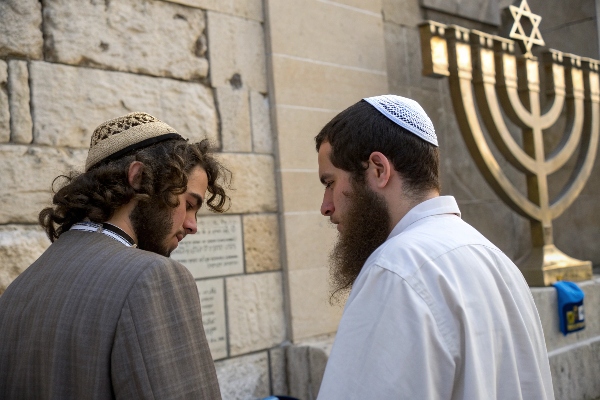
These curls represent not only a religious observance but also a deeper commitment to a lifestyle rooted in spiritual principles5. This duality embodies a balance between faith and daily living, serving as a reminder for Jewish men to maintain their connection to their heritage while navigating the modern world. The sidelocks6 also encourage mindfulness, inspiring individuals to embody their beliefs through their appearance while promoting a sense of belonging within the larger Jewish community.
Where Did the Jewish Curly Hairstyle Come From?
Its origins lie in scripture. How did it start?
The curly hairstyle originated from biblical commands found in the Torah, particularly Leviticus, guiding men not to cut the sides of their hair. This practice continues as a respected tradition in Jewish communities.
This practice continues as a respected tradition in Jewish communities, serving as a link to their spiritual heritage7. By adhering to this commandment, Jewish men express their devotion and commitment to their faith. This enduring custom strengthens cultural and religious connections8, fostering a sense of identity and continuity across generations within the Jewish community.
Exploring this link will deepen your understanding of Payot’s cultural and religious importance in Judaism. ↩
This resource will provide insights into the various expressions of religious devotion across cultures, enriching your perspective. ↩
This resource will provide insights into the various ways Jewish identity is expressed and celebrated in communities. ↩
This resource will provide insights into the role of communal bonds in preserving and enhancing cultural heritage. ↩
This resource will provide insights into how spiritual principles shape lifestyles across various cultures, enhancing your perspective. ↩
Exploring this link will deepen your understanding of sidelocks and their cultural importance in Jewish identity. ↩
Exploring this link will deepen your understanding of how spiritual heritage shapes identity and traditions in Jewish culture. ↩
This resource will provide insights into the vital role of cultural and religious connections in maintaining Jewish identity across generations. ↩

